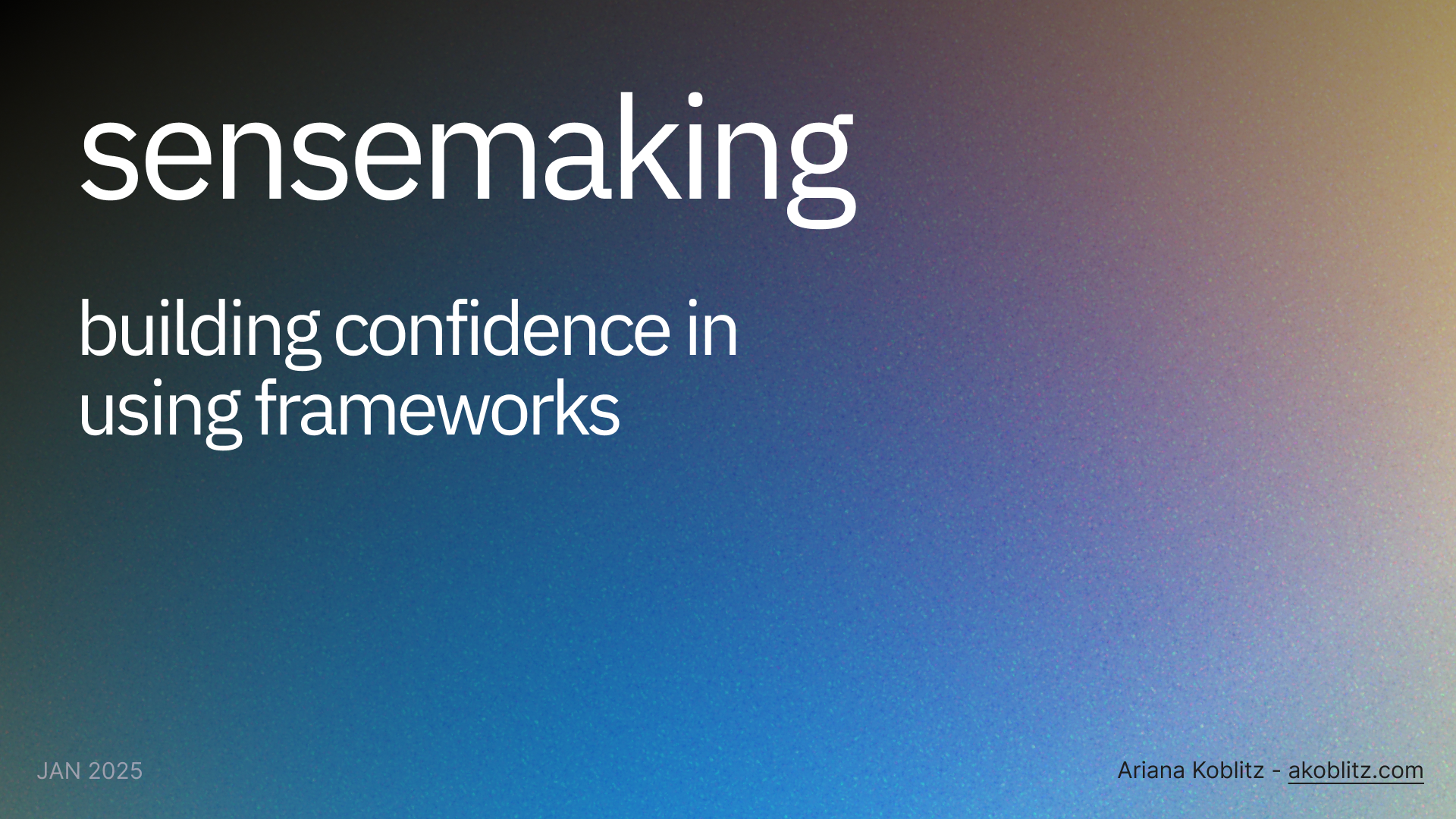So much of design is working alongside others. Whether it’s your fellow designers, writers, information architects and design engineers or collaborating with business, legal and technology teams, we’re all from likely different backgrounds. And different could mean difference in how we stumbled into this wonderful world of crafting something new, or differences in cultural or personal experiences.
This workshop hones in on what “confidence” looks like in this context, and how you wield it when it’s not just about you individually but about gaining a collective confidence about the work we’re doing.










































